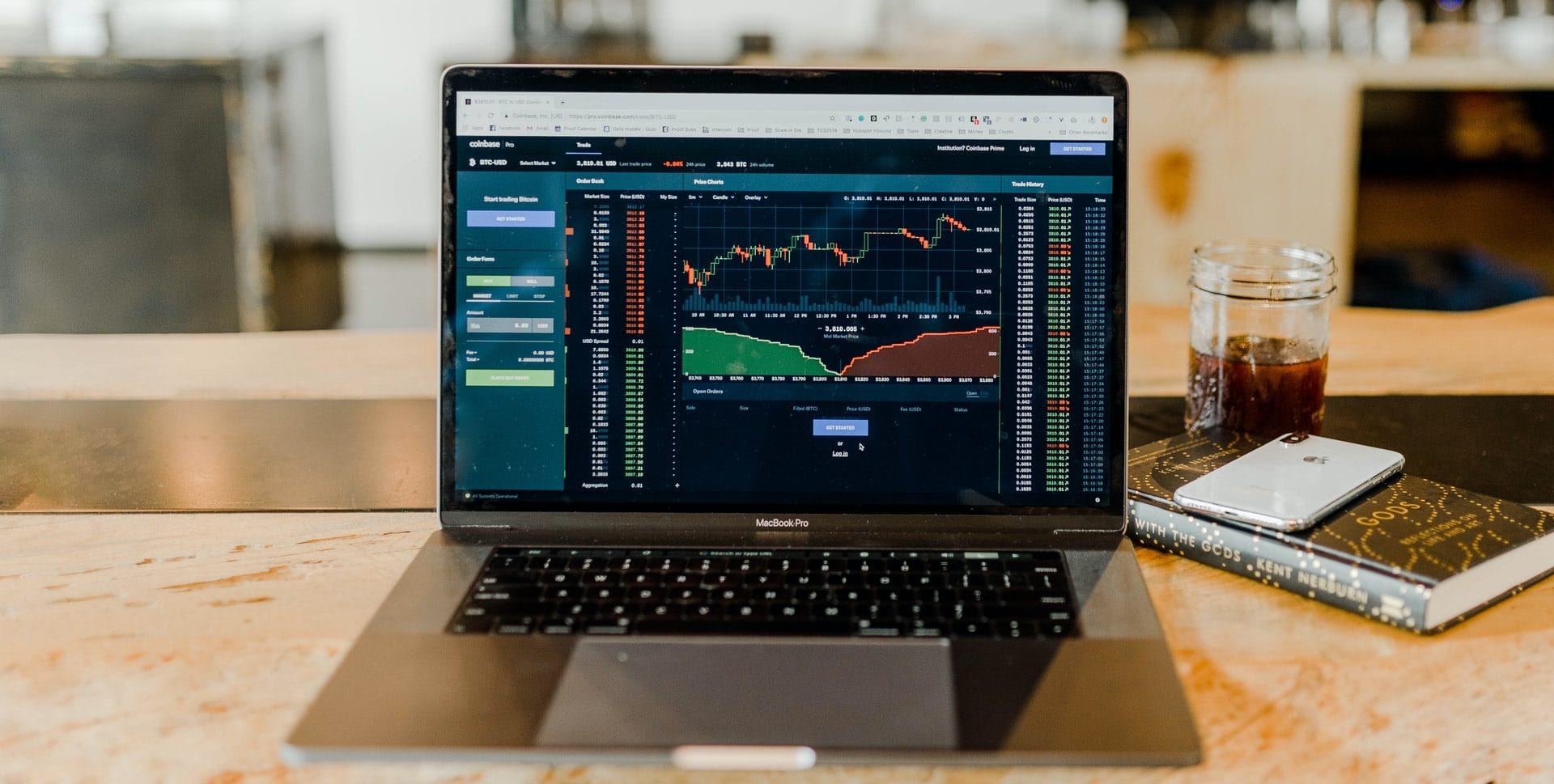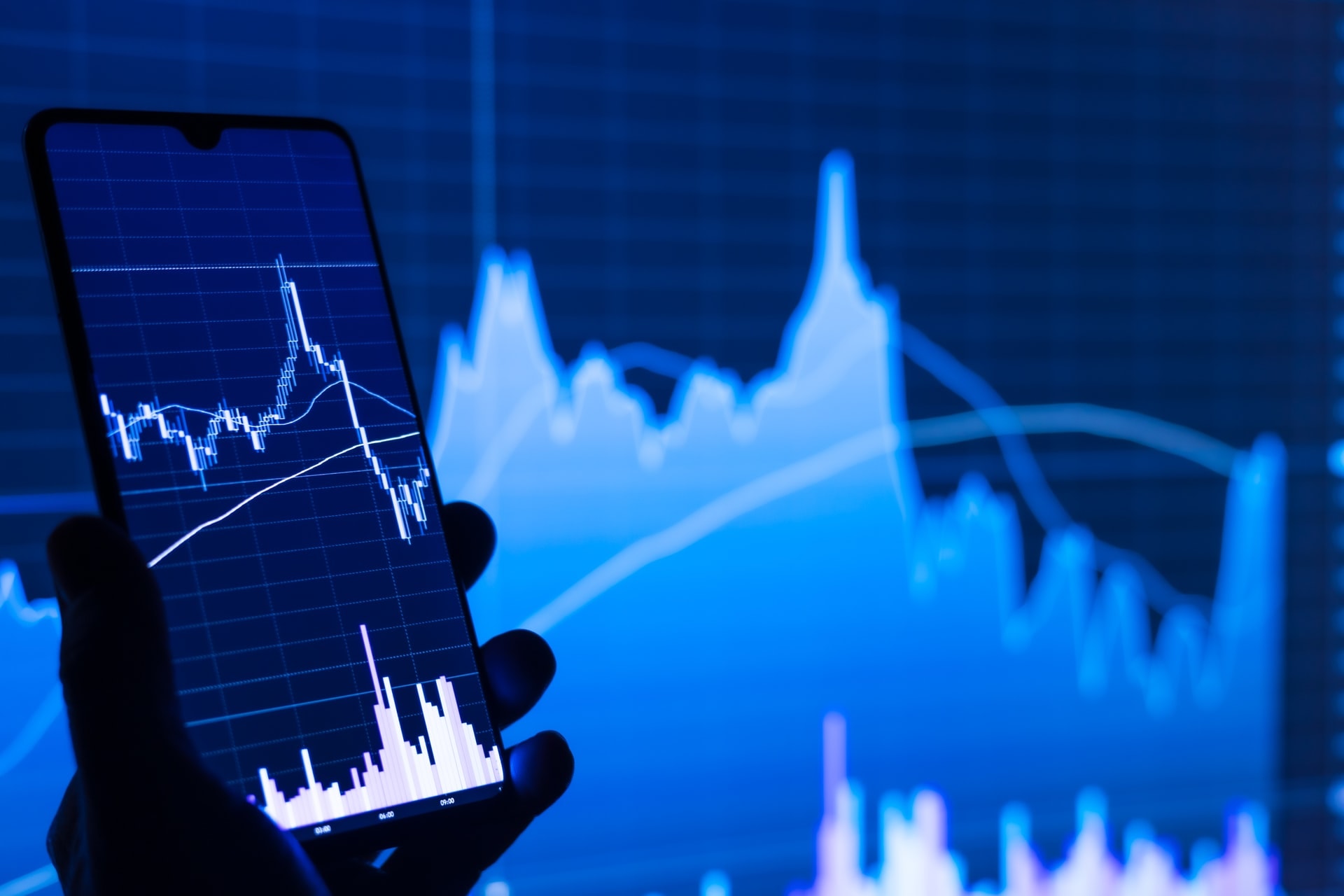What is the Difference Between Algo Trading and HFT?
News | May 25, 2022, 10:14 AM | The content is supplied by a Guest author
Introduction
Every market is governed by price and time — and good traders know how to take advantage of the two. Algorithmic trading enables traders to take advantage of price movements without having to monitor the market or execute orders manually. However, given that markets are dynamic and are marked by very small price differences, traders would have to employ efficient methods to cash in on these price changes as quickly as possible. One of such methods is High-Frequency Trading (HFT).
High-frequency trading uses complex algorithms to execute a lot of orders in milliseconds or microseconds. Since it uses algorithms, high-frequency trading is a subset of algorithmic trading. But it differs from algorithmic trading in these areas:
- Duration of execution
- Participants
- Strategies
- Limitations/challenges

Algo vs HFT: Duration of Execution
High-frequency trading executes transactions at lightning speeds. This method of trading employs real-time data feeds to reduce any form of delay — because even a microsecond delay can impact profit. Algorithmic trading also executes speedy transactions but not at the rate of high-frequency trading. As a matter of fact, this is the core difference between the two types of trading. Experts suggest that algorithmic trading is designed for the long term, while high-frequency trading is meant for traders who want to complete trades at a very fast rate.
However, the speed of high-frequency trading is also its bane. Investopedia points out that executing trades within such a time frame can cause big market changes. A case in point is the Flash Crash of 2010. On May 6, 2010, a massive order triggered a sell-off and caused the Dow 30 or the Dow Jones Industrial Average (DJIA) to suffer its largest intraday point drop, losing 10% in 20 minutes. The market lost over $1 trillion in equity, however, it recovered 70% by the end of the day.
Algo vs HFT: The Participants
Institutional investors and big brokerage firms use algorithmic trading to cut down trading costs. These firms often carry out high volume transactions, which makes algorithmic trading a beneficial tool for them. Research shows that algorithmic trading is more beneficial for large order sizes — i.e. order sizes up to 10% of the average daily volume. Generally, the outcome of algorithmic trading diminishes as order sizes get smaller.
Since high-frequency trading is a form of algorithmic trading, it is also used by institutional investors and big firms. Specific industry players that use high-frequency trading include: proprietary trading firms (e.g. KWG Holdings), multi-service broker-dealers (e.g. Citigroup, JP Morgan, and Goldman Sachs), and hedge funds. Citing a 2011 Deutsche Bank report, Investopedia states that proprietary trading firms make up 48% of HFT participants, while multi-service broker-dealers and hedge funds make up 46% and 6% respectively.
Proprietary trading firms execute trades with their own funds and not their clients’. Therefore, the profits go to the firms, not the clients. Broker-dealer firms employ HFT through a section of their firms known as proprietary trading desks. This subsidiary operates a separate business from the firm’s normal business operations involving its customers. Hedge funds use HFT to profit from price differences across assets using arbitrage.
The Volcker Rule: Checking the Excesses
It is important to note that commercial banks cannot operate high-frequency trading. This is because of the Volcker Rule. The rule prohibits banks from using their own accounts to carry out short-term proprietary trading of securities, derivatives, futures, and options. It prevents banks from making certain speculative investments that were implicated in The Great Recession of 2007-2008. However, banks can still offer services such as market making, hedging, and other services that would generate profits for the customers. Once a service exposes the institution to high-risk assets or trading strategies, or causes financial instability within the bank or the general financial system, the bank is forbidden from operating such service.
Algo vs HFT: The Strategies
Some of the strategies employed in algorithmic trading companies include mean reversion, trend-following, and arbitrage. HFT firms, on the other hand, operate these key strategies: marketing-making, providing liquidity, arbitrage, and creating rapid price movement.
Market-making
Market-making means trading on both sides of the market. Here, the firms place buy orders slightly below the market price and sell orders slightly above the market price. They profit from the difference between the bid-ask spread.
Providing Liquidity
HFT firms can also make money by getting paid for providing liquidity. By creating bid-ask spreads, HFT firms carry out low-priced, high-volume transactions many times daily. Electronic Communications Networks (ECN) and exchanges pay HFT firms for this service.
Arbitrage
Like in algorithmic trading, crypto arbitrage also applies to high-frequency trading. Markets are often characterized by minor price fluctuations which may get unnoticed. High-frequency trading enables these companies to quickly take advantage of these discrepancies between assets on different exchanges or asset classes.
Artificial Price Hike: A Controversial Strategy
Sometimes, HFT firms take a controversial route towards making a profit. They cause a rapid spike in the price of an asset by massively buying into an asset, thus luring other firms to do the same. Then they sell off the asset, reverting it to the normal price after taking profit.
 Algo vs HFT: Limitations
Algo vs HFT: Limitations
Although algorithmic trading and HFT have similar merits and demerits, there are limitations peculiar to high-frequency trading.
Critiques of HFT assert that the trading method can be used for spoofing. This is when HFT traders program trades to send fake orders and cancel these orders as quickly as they are sent. This circumvention can lead to price hikes which HFT firms can exploit for profit. The Security Exchange Commission through its Market Information Data Analytics System (MIDAS) screens market data at millisecond frequencies to check for spoofing.
In addition to spoofing, HFT algorithms are difficult to develop and also come at a high cost.
Conclusion
High-frequency trading is embedded in algorithmic trading, and this makes it quite difficult to tell the difference between the two. Moreover, both are closely related to the concept of automated trading. However, there is a simple way to tell the difference: algorithmic trading executes transactions speedily, but high-frequency trading does the same at ultra-speeds.
Top-Tier Trusted Brokers
The table below contains links to 3rd party websites of our top partners from whom we receive compensation at no additional cost to you.

























